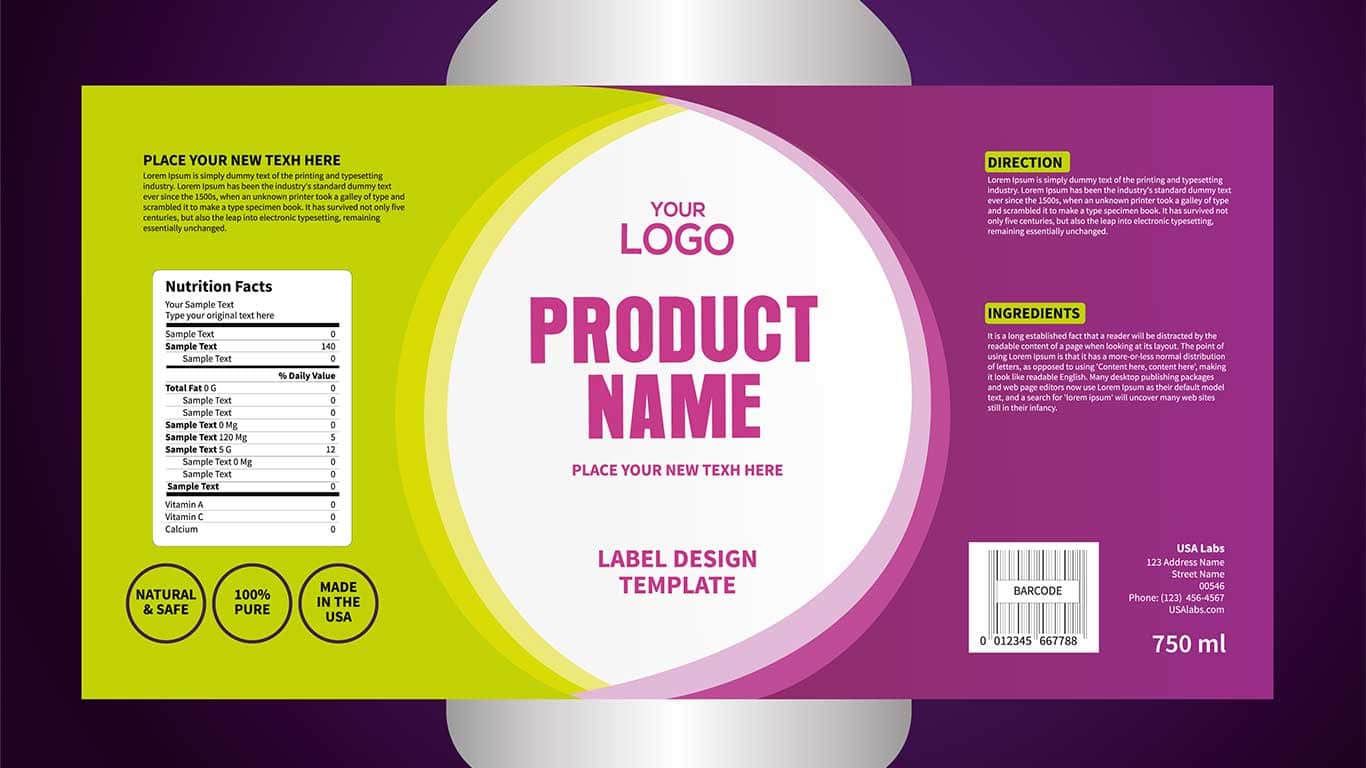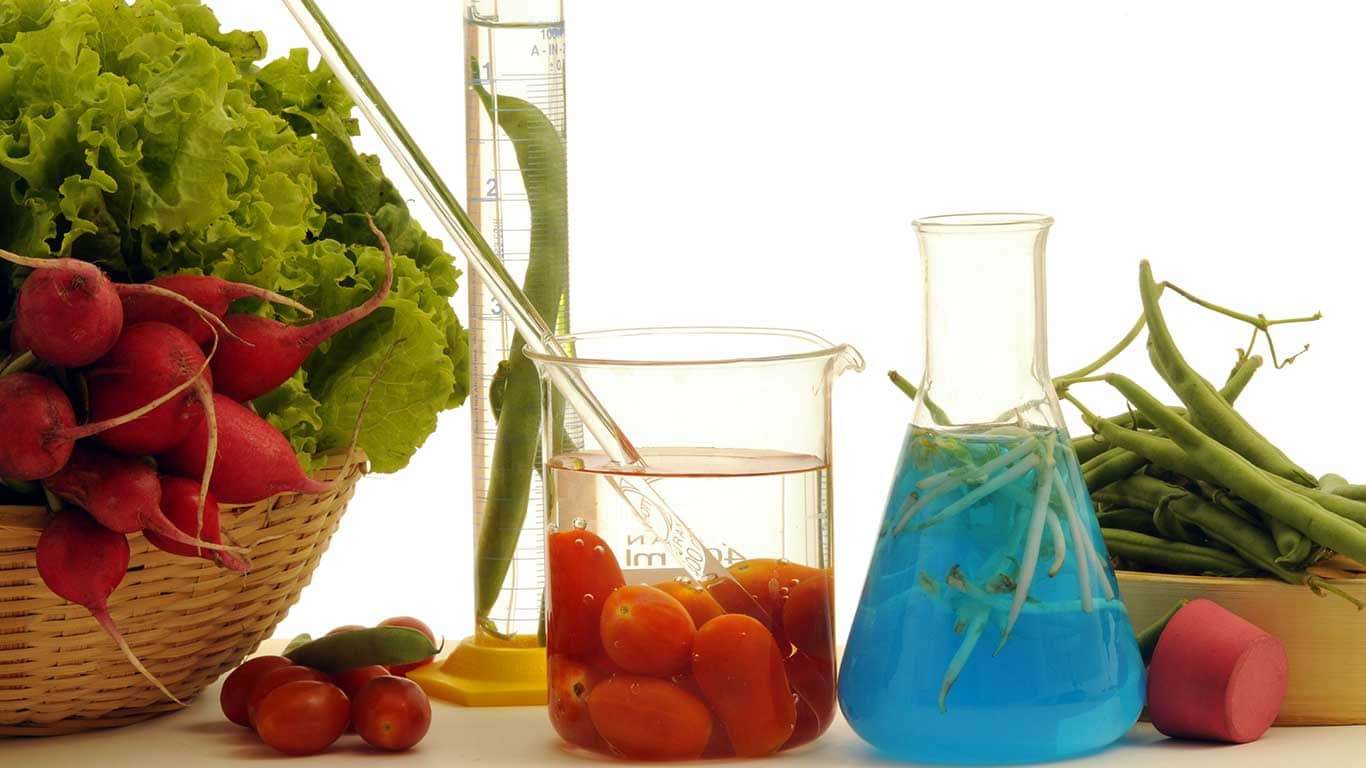Bread, noodles, cornflakes – imagine a world where you can’t enjoy these tasty treats. This is an everyday reality for people with a gluten allergy. Recent research revealed that 1 in every 133 suffers from gluten allergies worldwide, meaning that a large chunk of the world’s population is unable to digest gluten in any form.
Food manufacturers around the world are greatly impacted by this. Gluten allergies are a roadblock that is becoming a bigger obstacle each year, affecting valuable revenues and market share, as well as creating compliance issues.
Free Whitepaper
Product Lifecycle Management: Learn how to drive innovation, reduce costs and risks and eventually gain a competitive advantage.
There are many types of food and beverages which use materials containing gluten, making new product development especially challenging. Food & beverage industry players have their work cut out for them.
A Global Epidemic
Gluten allergies are especially tricky to manage, due to their inherent nature. While most allergies are a result of an invasive particle attacking the body, gluten allergies result from the body attacking itself in the presence of the gluten proteins – prolamins and glutelins.
The digestive systems of some individuals are sensitive to prolamins and glutelins, making digestion of gluten proteins extremely difficult or impossible. Some people may just be gluten sensitive and only experience a mild reaction when consuming foods containing gluten. Others may have a full-fledged allergic reaction. In extreme cases, the allergy is hereditary and results in the onset of celiac disease, which is an extreme reaction of the patient’s small intestine to gluten proteins. Small finger-like projections in the small intestine, called villi, become enlarged and inflamed when they come into contact with gluten-filled foods and drink. The digestive system is unable to digest any gluten particles, resulting in:
- Abdominal pain
- Difficulty in breathing
- Nausea and vomiting
- Diarrhea or constipation
- Rashes and skin infections in the abdominal region
- Mouth ulcers
- Joint pain
- Heartburn
- Fluctuations in weight
Gluten allergies and celiac disease are autoimmune diseases, meaning that the body’s immune system attacks healthy cells in an attempt to rid itself of gluten proteins. Therefore, it is imperative that gluten allergy sufferers avoid foods and beverages that contain gluten.
This is a bit of a challenge, considering how gluten is present in a majority of the foods and beverages we consume today.
Foods containing gluten include:
- Wheat
- Barley
- Oats
- Rye
- Wheat germ
- Couscous
- Bulgur
- Semolina
- Cereals
- Malt & malt-flavored products
- Ketchup and soy sauce
- Mayonnaise & other salad dressing
- Sausage
- Gravy
- Ice Cream & other dairy products
- Trail mix
- Granola bars & other super foods
- Millets
- Nuts
- Alcoholic drinks such as beer and vodka
- Tempura batter
- Instant coffees
- Certain types of cheese and cold cuts
Sometimes, food flavored products such as lip balms, lip sticks, vitamin supplements and medication may also contain gluten if the flavoring they use contains gluten proteins.
New Product Development for a Gluten-Free Market
Food & beverage manufacturers have always found developing gluten-free products challenging. Gluten proteins are difficult to isolate and it was initially believed that nothing short of developing synthetic substitutes could help manufacturers tackle the growing problem of gluten allergies and celiac disease. However, with ongoing development in food technology and greater awareness about the issue of gluten allergies, food manufacturers can now take several measures to tackle the gluten problem. Here are 10 ways to better control the new product development process in the gluten-free market:
- Focus on regulatory compliance
Many regulatory agencies around the world such as the Food and Drug Administration (USA), European Food Safety Authority (EU), Canadian Food Inspection Agency (Canada), Federal Food Safety and Veterinary Office (Switzerland) and Food Standards Australia New Zealand (Australia/New Zealand) expect manufacturers to have Gluten Free Certifications when producing gluten-free foods and beverages. Additionally, having transparent policies in place will help companies share gluten-related information with ease. - Use substitute raw materials
Using gluten-free ingredients when manufacturing food and beverages is the best way to reduce gluten-related incidents. Ingredients such as artichokes, ascorbic acid, balsamic vinegar, baking soda, lentils, brown sugar, castor oil, milk protein isolates, pectin and rice, to name a few, are completely gluten-free. Using these items in your food or beverage formulas can reduce gluten-related threats upon consumption. - Develop gluten-free ingredients
Gluten-free rice flour, quinoa and other ingredients can be manufactured. Using ingredients developed in-house can help manufacturers create foods and beverages with gluten-free materials. - Provide the right information and health warnings
Compliance requirements state that manufacturers must provide relevant product information to all parties involved in the manufacturing process. Labels should contain allergen information, health risks and an ingredients list. Manufacturers use a variety of terminology to refer to gluten, including dextrin, hydrolyzed vegetable protein, tocopherol/vitamin E and even “natural flavoring.” Citing “gluten” as an ingredient will help companies avoid law suits and ensure compliance to food safety. - Implement a monitoring and control system for identification of gluten contamination
Systems must be in place to measure the number and frequency of gluten allergy and celiac disease-related incidents in relation to the company’s products. Additionally, monitoring and control systems must be implemented to identify where in the production process the gluten contamination occurred. - Tap into global databases to seek help from suppliers
There are various global databases and platforms available where manufacturers can interact with other channel partners. This makes sharing product information easier, as well as facilitates meeting compliance requirements and performing food safety checks. In addition, companies can use these platforms to keep tabs on new food safety regulations. - Work with channel partners to source gluten-free raw materials
Your suppliers, middlemen and customers may have extensive knowledge about gluten-free ingredients. Contacting them on global platforms can help you collaborate with them on the o development of new ingredients and products. Syncing your ERP systems to global systems will help you access pertinent information. - Implement machinery that can actively remove gluten
A hydro-cyclone separator can be used to separate gluten from wheat starch. While gluten cannot be removed from grass-grown produce in the form of wheat, barley and rye, certain forms of these raw materials can undergo a gluten removal process. - Implement technology that helps identify gluten percentage
Food technology is an ever-growing field. Multiple food manufacturers are trying their hand at developing and introducing gluten detection technology. These technologies can help manufacturers identify the presence of gluten in an ingredient and to what percentage, thereby helping them avoid using unsafe ingredients. - Focus on raw material growth and processing
Gluten-free starts at the farm. Companies must be proactive with this farm-to-fork approach and must establish control mechanisms when cultivating glutinous materials. Setting up checkpoints in the production process will help ensure that gluten contamination does not occur.
A Bag of Opportunities
The gluten-free market segment opens many doors to food and beverage manufacturers. Market projections show that a 44-million strong population of gluten-free consumers are eagerly awaiting safe products. Not only people with celiac disease or gluten allergies themselves, but also families of gluten allergy sufferers along with health-conscious consumers are also ready to purchase gluten-free ingredients and foods.
Additionally, having a specialized line of gluten-free products will help ease compliance for manufacturers with regulatory requirements, as well as help food and beverage companies avoid expensive and protracted law suits. Customer goodwill and market share in a niche market is also a plus. Simultaneously, food manufacturers can set benchmarks for gluten-free manufacturing, creating a competitive advantage that will be hard to beat.[/fusion_builder_column][/fusion_builder_row][/fusion_builder_container]




